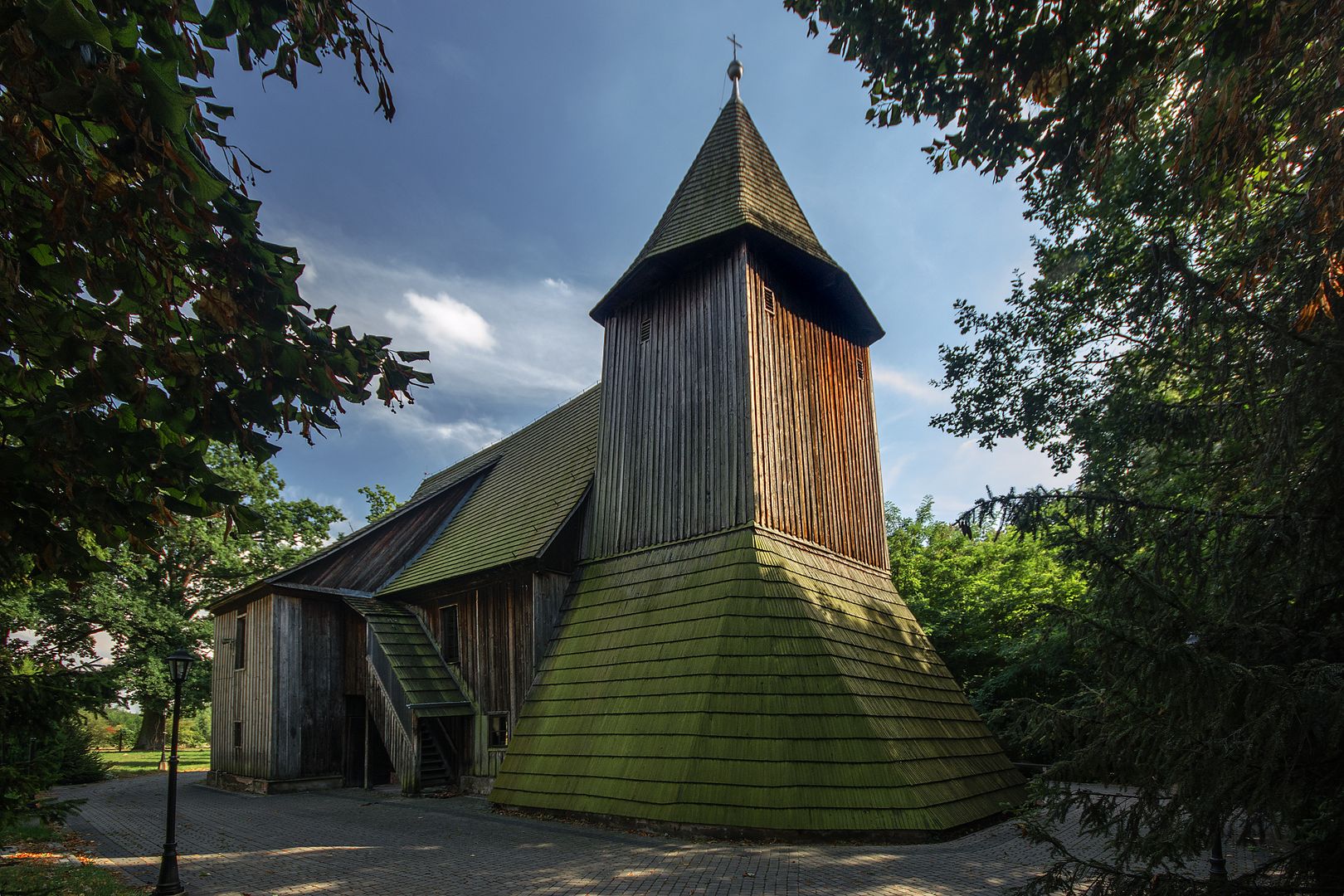Komorzno
6.13

Overview
Komorzno, known in German as Reinersdorf, is a village located in the Opole Voivodeship, within Kluczbork County, in the gmina (commune) of Wołczyn. Its name, derived from the Old Polish word "komor" meaning "mosquito," indicates a place abundant with these insects. The history of Komorzno dates back to ancient times, with settlements of the Lusatian and Przeworsk cultures discovered in the area. The village lies at the junction of Silesia and Greater Poland, which contributed to the development of medieval defensive systems. The first mention of Komorzno comes from 1203. In the 14th century, after Tatar invasions, the village was settled by German colonists. In the 16th century, Komorzno belonged to the Duchy of Legnica-Brzeg and later came into the hands of various noble families, including the Frankenbergs, who experienced destruction during numerous wars. In the 19th century, the village was plagued by wars and political changes, and during World War II, it became depopulated. After the war, Polish settlers, including families from the Eastern Borderlands, moved to Komorzno. The architectural value of the village includes the wooden Church of St. Hedwig from 1753, as well as the remains of an 18th–19th century manor complex. The areas around Komorzno are rich in natural attractions, including two forest reserves that protect rare tree species. The village also boasts the longest avenue of horse chestnut trees in Poland, known for its beautiful views, especially during the blooming season. Notable people born in Komorzno include Jerzy Bock, an eminent Lutheran writer, and Konrad Frankenberg, a knight at the court of Władysław Jagiełło. The village has preserved many historical traditions and memories of the past, making it an interesting place with a rich history and culture.
Location
2025 Wizytor | All Rights Reserved